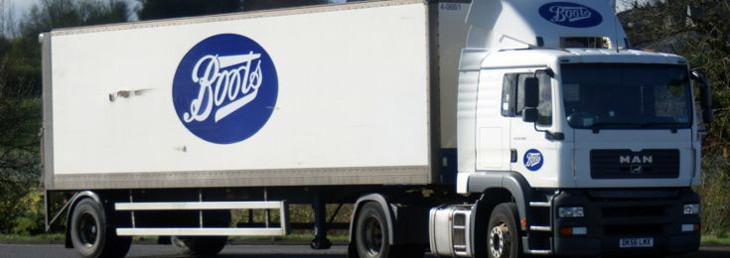Sharing supply chains for mutual gain

Supply chains are going to be much pressured in a near future. They are going to be asked to deliver much more efficiently due to three main growing demands: International expansion, improved customer service and multi-channel delivery.
According to Alek Adamski, which co-authored a recent study about Retail 2014 trends in UK, “retailers and brands are now aiming to send a single item to an individual customer globally as fast as possible – and to achieve this consistently and profitably is not going to be easy. To make this complex supply chain work, collaborative relationships with suppliers are vital.”
Beyond suppliers, even rivals can be taken into account considering the challenges. Some years ago health and beauty giant Alliance Boots started operating partnerships with several other retailers to get goods up to the far north of Scotland and the southwest corner of England. As its corporate social responsibility director Richard Ellis explained then “the key thing for us is that when our trucks are on the road they are not transporting fresh air.”
Some other companies followed. Without leaving UK, food and drink companies, from Coca-Cola to Tesco, clubbed together to share transport in a ground-breaking move to take 800 trucks off Britain’s roads. The same kind of initiatives were implemented by Britain’s biggest supermarkets, from Asda to Waitrose, drinks company Pepsi and brewer Coors, food suppliers from Northern Foods to Nestlé, and consumer goods giant Unilever.
By the way, according to some business literature, it was Lever Fabergé (now Unilever’s Home and Personal Care unit) and Kimberly-Clark Corporation who first coined the term “Collaborative Distribution” when they launched a collaborative distribution trial in the Netherlands, a trial in which the two companies made joint deliveries to customers, with each company filling half of each truck.
